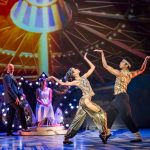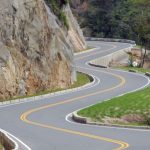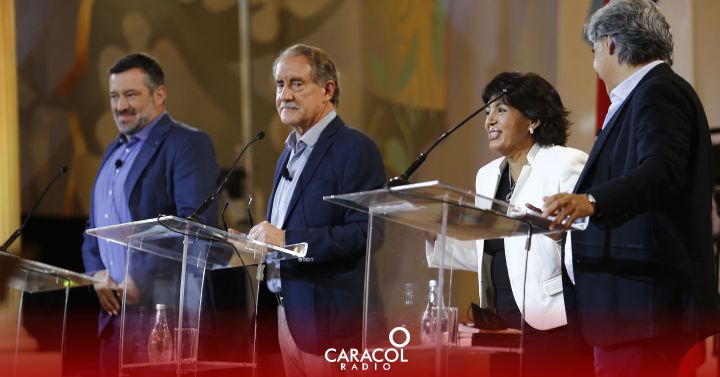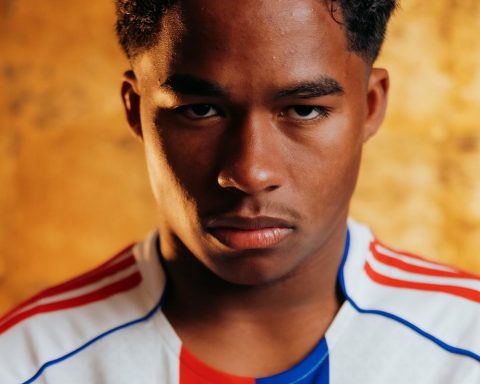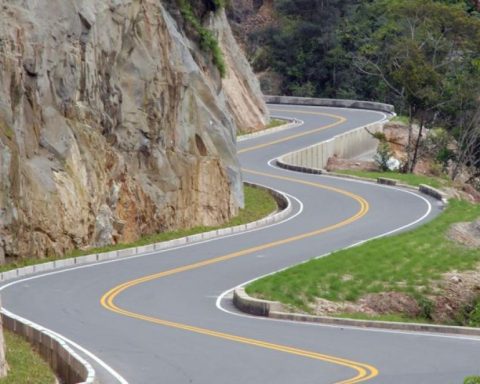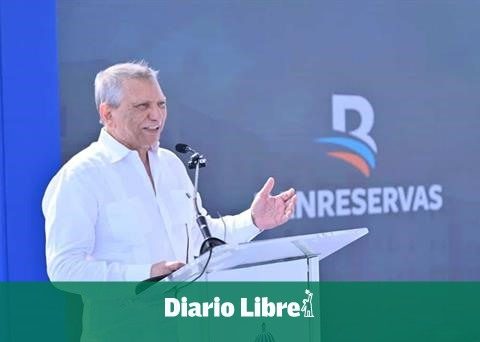Nicaragua’s general elections were characterized by low participation Because, for many, the result is determined in advance: Daniel Ortega would obtain his fourth consecutive term and second with his wife, the vice president and spokesperson of the regime, Rosario Murillo.
The path of re-election for Ortega and Murillo was paved after the arrest of seven opposition presidential candidates, who were emerging as their main rivals and who could serve as a counterweight. Without electoral competition, this Sunday’s session focused on two other axes: the level of participation and the legitimacy that Ortega would have, after the international community and national organizations described the elections as “farce”, “fraud” or “circus”.
Reports from citizens and opposition organizations registered that the poor influx was repeated in Managua and the rest of the country’s departments. Where the population did not go out to vote. CONFIDENTIAL He also verified the low participation through several tours of the capital, reports from the territories of allied journalists and citizens and of voluntary independent observers.
To counteract the low voter turnout, the FSLN called on state workers and regime militants to work as “mobilizers” to “guarantee the Sandinista vote.”
Since past elections, the order has been the same: “the militancy must be the first to vote”; However, on this day the voters were scarce and the mobilizers of the Sandinista Front used their lists.
Petrona Lezama is a Sandinista and a “mobilizer”, as she calls herself. His job consisted, in his own words, in “bringing” voters to the CVs to cushion the poor call that the Government had. She was assigned the Voting Center established in the headquarters of District II of the Mayor’s Office of Managua, in the Edgar Lang neighborhood. At the time of the interview, he claimed to have led 37 people to vote, most of them older adults.

In other Voting Centers, the “mobilizers” They use state vans or public transport buses to transport voters or mobilize Sandinista reinforcements to control access to the JRVs.

Independent media without accreditation
Within the Voting Receiving Boards (JRV) the use of cell phones was prohibited; however, the FSLN militants took ‘selfies’ to show their stained finger as proof that they went to vote.

The Supreme Electoral Council did not approve the delivery of credentials to the independent Nicaraguan media or to the international press; However, it did accredit 600 pro-government journalists, including 40 foreign journalists from the media from countries allied to the Government.

Access to the JRVs for independent media in Nicaragua was restricted; the only opportunity they had to make appeals was when the candidates of the “stilt parties” showed up to vote, although when Walter Espinoza, of the Constitutionalist Liberal Party (PLC ), access to his voting center was denied.

From 5 pm on Sunday, the National Police blocked the passage of two lanes of the Plaza de las Victorias, in Managua, there they set up a stage to celebrate the “triumph” of the Sandinista Front.









